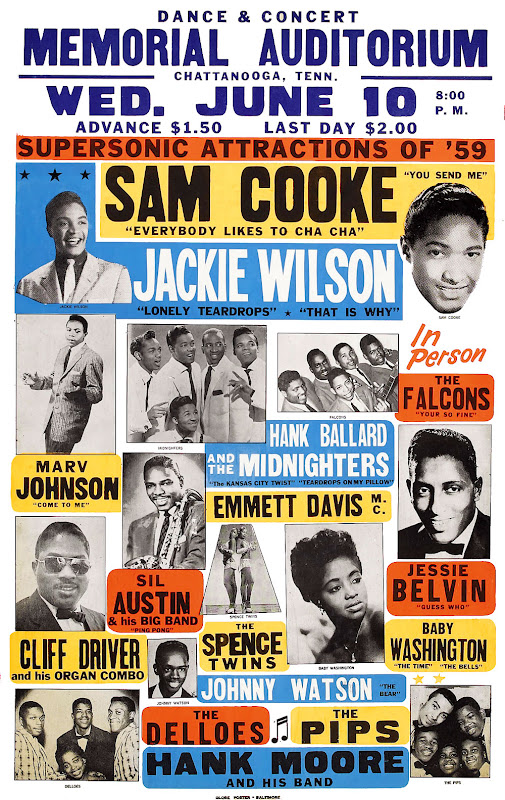 In the early sixties – as all over the world – The Netherlands had many instrumental guitar groups. Almost every town had its own favorite band(s). But although many of this early guitar heroes were dreaming of big record sales, this was only reserved for a small number of groups, and even fewer reach some national fame. Usually the cause was a lack of technique and creativity, but often also a lack of technical capabilities of their amplifiers, echo units or electric guitars. The three brothers Anthonio plus drummer Laurens Müller however did not disconcert those handicaps. All born in Indonesia, and came to the Netherlands in 1949, they were accustomed to persevere in a country where the culture and the moral climate was much differently than in their homeland. Making music was, from their cultural background, therefore in the center of their attention.
In the early sixties – as all over the world – The Netherlands had many instrumental guitar groups. Almost every town had its own favorite band(s). But although many of this early guitar heroes were dreaming of big record sales, this was only reserved for a small number of groups, and even fewer reach some national fame. Usually the cause was a lack of technique and creativity, but often also a lack of technical capabilities of their amplifiers, echo units or electric guitars. The three brothers Anthonio plus drummer Laurens Müller however did not disconcert those handicaps. All born in Indonesia, and came to the Netherlands in 1949, they were accustomed to persevere in a country where the culture and the moral climate was much differently than in their homeland. Making music was, from their cultural background, therefore in the center of their attention.
Father Anthonio played violin, guitar, piano and drums and mother played piano. It soon became clear that this musical sensation, supplemented with good equipment, could form the basis of three outstanding musicians. In 1960 they decided to form a band with their good friend Lauren. From that moment it was practicing, and to spent every earned penny in new instruments. In the first month a significant repertoire was built and soon they had a good reputation. Besides the many performances at community centres, The Black Arrows had their own 'base' in Amsterdam, where a very active fan club organized dance parties every Saturday and Sunday night. There they also drawn the attention of some record companies, which resulted in their first record (January 1962). Eddy Denver – their vocalist at the time – and The Black Arrows with “Forty Days” b/w “Tough Enough”.
More records followed, instrumental and vocal, with different vocalists. More and more The Black Arrows developed themselves as one of the leading Dutch guitar groups. It was during this period that the LP “Solid Sound In Guitars” found its release. With this record they wanted to prove that they had managed to rise above the mediocrity of many local groups. And I think (like the writer of the original liner notes) they succeeded. “Solid Sound In Guitars” is one of a few LP's of Dutch guitar groups from the early sixties, and as an original it’s an absolute collector's item. Lees verder in het Nederlands +/-

01. The Black Arrows - Rococo
02. The Black Arrows - Tulip Fields
03. The Black Arrows - Little Lonely Train
04. The Black Arrows - World Of Fire
05. The Black Arrows - Wonderland By Night
06. The Black Arrows - Johnny Guitar
07. The Black Arrows - Midnight Blues
08. The Black Arrows - Hernando's Hideaway
09. The Black Arrows - Jumbo
10. The Black Arrows - Slave Girl
11. The Black Arrows - September Song
12. The Black Arrows - Lady Of Spain
If you want to listen to the music... take a free email newsletter subscription.
Als je naar de muziek wilt luisteren... neem een gratis abonnement op de e-mail nieuwsbrief.




















.jpg)




















Vader Anthonio speelde viool, gitaar, piano en drums en ook moeder speelde piano. Het was al snel duidelijk dat dit muzikale gevoel aangevuld met goede apparatuur, de basis konden vormen voor drie uitstekende muziekanten. In 1960 besloten ze samen met hun goede vriend Laurens een band te vormen. Vanaf dat moment werd er geoefend en elke zuur verdiende cent uitgegeven aan nieuwe instrumenten. In de eerste maanden kon een aanzienlijk repertoire worden opgebouwd waardoor er al snel een goede reputatie ontstond. Buiten de vele optredens in buurthuizen en andere lokaliteiten, hadden de Black Arrows ook een eigen 'honk' in Amsterdam waar een zeer actieve fanclub elke zaterdag- en zondagavond dans-party’s organiseerde. Hier werd ook de aandacht van platenmaatschappijen getrokken, wat in januari 1962 resulteerde in hun eerste grammofoonplaat. Eddy Denver, (hun zanger in die periode) en The Black Arrows in "Forty Days"/"Tough Enough".
Meer platen volgden, instrumentaal en vokaal, met verschillende vocalisten. Meer en meer ontwikkelden de Black Arrows zich tot één van de toonaangevende gitaargroepen. Het was in die periode dat de LP ‘Solid Sound In Guitars’ werd uitgebracht. Een langspeelplaat waarmee ze wilden bewijzen dat het hun gelukt was om boven de middelmaat van de vele plaatselijke groepjes uit te stijgen. En ik denk (net als de schrijver van de oorspronkelijke hoestekst) dat ze daarin op een heel bijzondere manier geslaagd zijn. ‘Solid Sound In Guitars’ behoort tot een van de weinige LP’s van Nederlandse gitaargroepen uit het begin van de jaren zestig en is, als origineel exemplaar, een absoluut collector's item. Meer informatie is te vinden op de uitstekende indo-rock site van Piet Muys.